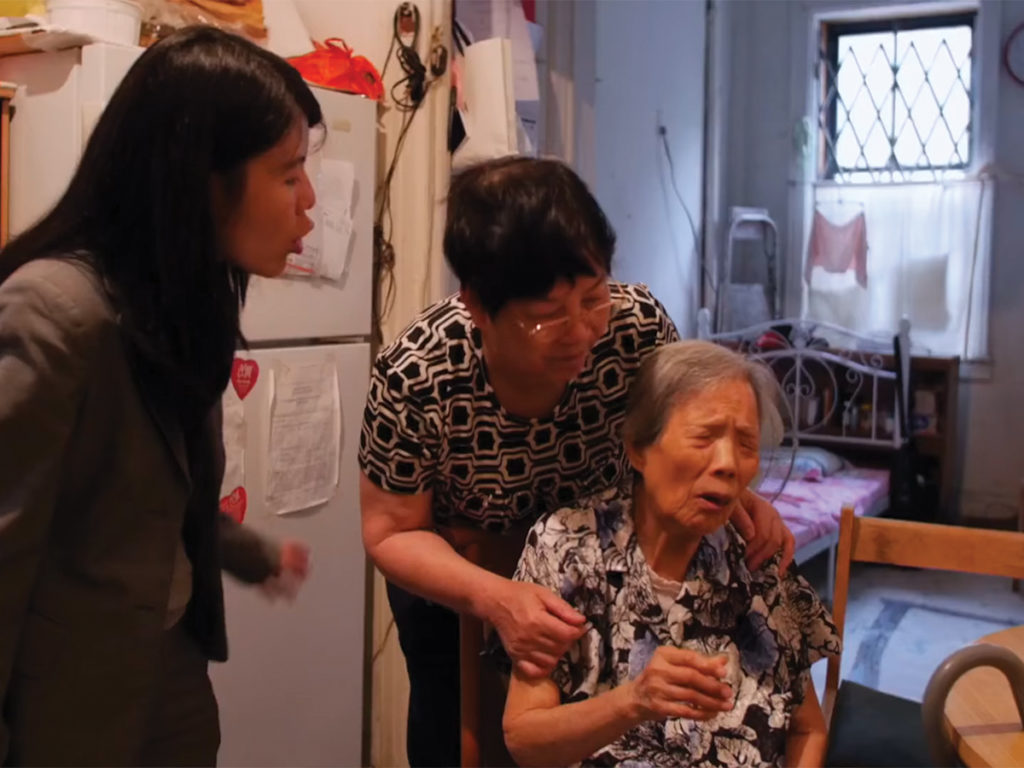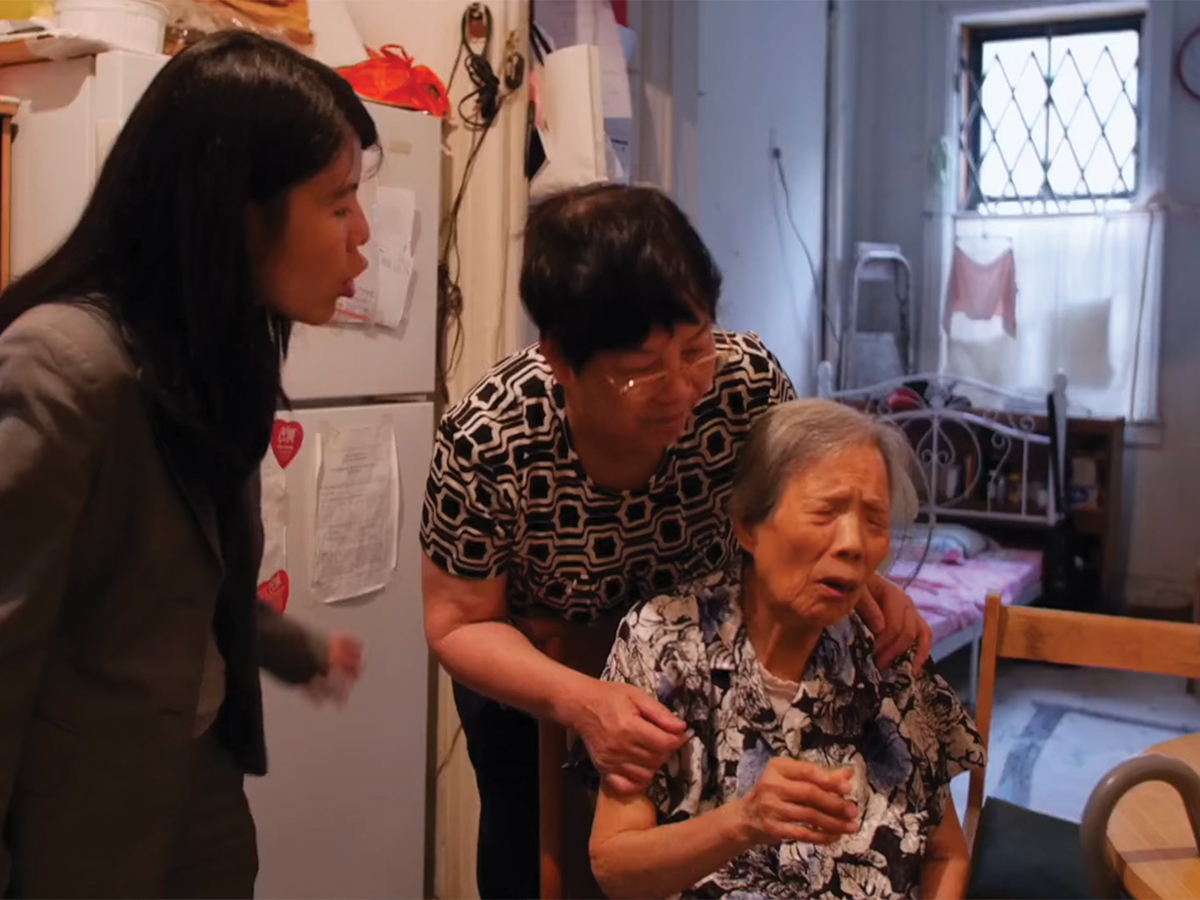
The model minority myth refers to the commonly held belief that Asian Americans achieve a higher degree of economic success relative to other minority groups. Asians are often put on a pedestal of success — a pedestal that many view as emblematic of the American dream. While the stereotype of the model minority can be perceived as a compliment, the effects of the myth trivialize the pain and suffering Asian Americans had to endure to achieve socioeconomic success in America. It also continues to limit society’s perception of the challenges that members of the Asian American Pacific Islander (AAPI) community face.
As the term “model minority” suggests, those considered to be under the model minority umbrella are expected to achieve a higher level of socioeconomic status than the average person. The term creates unrealistic and unattainable stereotypes for Asians to live up to and constructs an illusion that Asian children are inherently gifted in school and important resources may not be diverted to these kids because they aren’t supposed to need the assistance.
Many Asians are overlooked by people in positions of power because it is often assumed that they don’t need assistance due to being deemed successful solely because of their race. The model minority myth perpetuates the idea that all Asians should be successful in society and encounter economic prosperity without recognizing the fact that Asian Americans are not one monolithic group. They are a diverse group of people that derive from a variety of different countries, backgrounds and perspectives. Lumping them into a single group deprives each Asian of their individuality and uniqueness as a person.
AAPI individuals from older generations are often extorted and not given the proper government assistance because it’s perceived that there are no problems within the community. It is assumed that they can either support themselves, or their families can support them. Such was the case with Pui Ming Tang Wong, an elderly Chinese woman who cannot see and can only hear in one ear. Since her gas in her San Francisco apartment was shut off, she became heavily dependent on her caretaker, who had to take money out of her own pockets to pay the bill.
While the situation was eventually settled with the gas being turned on after a few months, cases like these aren’t unique — many older AAPI tenants have dealt with this and a fear of eviction or financial retaliation keeps them from having their voices and concerns heard.
In order to address these stereotypes, we must demand more representation in the media of Asians and Asian Americans. With more accurate representation in the media, Asians can depict their own stories and shine a spotlight on the issues that impact them. Additionally, the government must provide more funding to organizations such as the Chinese Progressive Association (CPA) that administer assistance to Asians. The CPA has supported hundreds of workers to assert their rights, recoup unpaid wages and change policies on rest breaks, sick days and fair scheduling. But the current state of the CPA cannot afford to support everyone.
The communities and government must be made aware of the problems that arise within the Asian communities and they must provide support. Not all Asians living in America are financially independent, in fact, there are many that need the type of aid given to other minority groups. Additionally, the stereotype creates unrealistic expectations of young Asians to thrive and excel and when they cannot live up to those high standards, their mental health starts to degrade. People in power should not be allowed to turn a blind eye to the issues and assume that the Asian community is thriving if that isn’t always the case.








